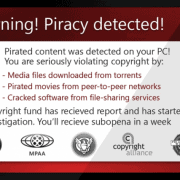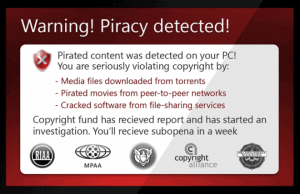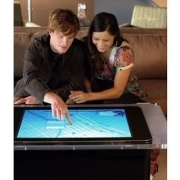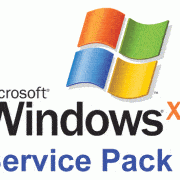Top Ten Free Programs
Top 10 Free Programs
Over the years I have used many programs. During that time, they have served me well so I thought I would share them with you.
In no particular order, here they are:
- Avast Free Antivirus – A free antivirus and antispyware security software program for Windows 7, Vista and Windows XP. Download it here.
- SyncBack – A freeware program that helps you easily backup and synchronize your files to, the same drive, a different drive or medium (CDRW, Compact Flash, etc), an FTP server, a Network, or a Zip archive. Download it here.
- Malwarebytes – A free tool that can identify and remove malicious software from your computer. Download it here.
- GIMP – Image and photo editing software. Similar to Photoshop but free! Download it here.
- Open-Shell – Software that changes the Start Button on Windows 8, Windows 8.1, Windows 10, and Windows 11 to make it act like the traditional Windows 7 Start Button. Download it here.
- FileZilla – A fast and reliable cross-platform FTP, FTPS and SFTP client with lots of useful features and an intuitive graphical user interface. Download it here.
- Libre Office – An open-source office software suite for word processing, spreadsheets, presentations, graphics, databases. Download it here.
- Audacity – A free, easy-to-use audio editor and recorder. Download it here.
- Lightshot – The fastest way to take a customizable screenshot. This app allows you to select any area on your desktop and take its screenshot with 2 button-clicks. Download it here.
- AnyDesk – Secure & intuitive Remote Desktop software. Download it here.
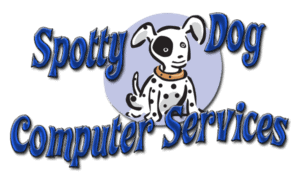
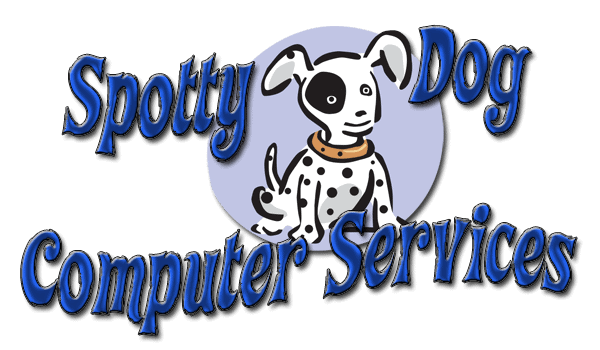
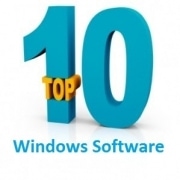
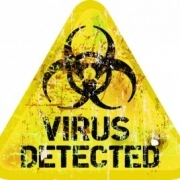
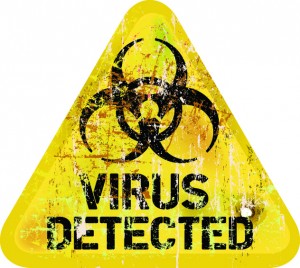 Melbourne, 28 May 2010 – AVG (AU/NZ) Pty Ltd warns that Apple Macs running the OS X operating system, or some flavour of Linux distribution, are not immune to viruses, malware and other forms of Internet-carried spambots, Trojans, hacking and phishing.
Melbourne, 28 May 2010 – AVG (AU/NZ) Pty Ltd warns that Apple Macs running the OS X operating system, or some flavour of Linux distribution, are not immune to viruses, malware and other forms of Internet-carried spambots, Trojans, hacking and phishing.